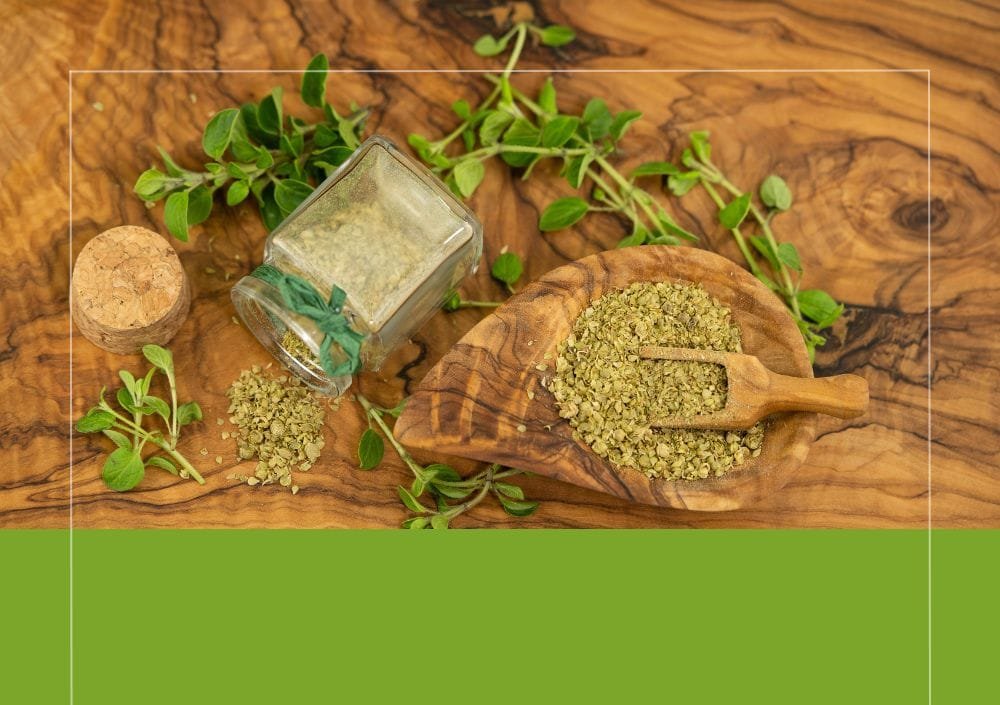Wild Apulian oregano (Origanum vulgare) is an aromatic plant highly appreciated in Italian cuisine, especially in Apulia, where it grows naturally. This precious ingredient, known for its unmistakable aroma and beneficial properties, is essential in many traditional recipes. But how is wild oregano cultivated and harvested? What are its culinary uses, and how can it be preserved? In this blog, we will explore all aspects of Apulian oregano, from cultivation to harvesting and its culinary applications.
The Wild Apulian Oregano Plant
Wild Apulian oregano is a perennial herbaceous plant that belongs to the Lamiaceae family. It mainly grows in rocky and sunny areas, typical of Apulia. The wild oregano plant is distinguished by its small oval leaves and purple flowers that bloom during summer. It is a hardy plant that requires little care, making the cultivation of oregano relatively easy.
Cultivation of Oregano
The cultivation of oregano in Apulia is primarily natural, thanks to the region’s favorable climate. Oregano cultivation requires well-drained soil and direct sunlight, essential for developing the essential oils that give the plant its characteristic aroma. Alternatively, oregano can also be grown in home gardens, as long as these basic conditions are met.
Harvesting and Preserving Oregano
The harvesting of oregano usually takes place between June and August, when the plant is in full bloom. It is important to harvest oregano in the early morning when the essential oil content in the leaves is at its highest. Once harvested, oregano can be dried or consumed fresh.
Preserving Wild Apulian Oregano
Oregano preservation can be done in different ways. Fresh oregano can be used immediately in cooking, or it can be dried for later use. To dry oregano, simply hang the sprigs in a dry, ventilated place. Once dried, it can be stored in airtight jars to preserve its aroma. Both fresh and dried oregano are versatile in the kitchen, though dried oregano tends to have a more intense flavor.
Legend of Wild Oregano
The Meeting of Arina and Apollo
According to a local legend, a young farmer named Arina lived in the hills of Apulia, known for her kindness and love of nature. One day, the god Apollo, fascinated by the beauty of those lands, decided to visit, and during his journey, he met Arina, who was gathering aromatic herbs to heal her sick mother.
Apollo’s Gift
Apollo, moved by the young girl’s dedication, decided to reward her. He transformed the herbs Arina was holding into a new plant, with an intense fragrance and incredible healing properties. That plant was wild oregano, which from that moment on began to grow abundantly on the Apulian hills.
The Blessing of Oregano
It is said that wild oregano harvested at dawn, as Arina did, brings health and luck for the entire year. This tradition is still alive today: many Apulian farmers harvest oregano in the early morning, believing it to be blessed by the gods.
Wild Apulian Oregano in the Kitchen
Oregano in the kitchen is an essential ingredient, used to flavor dishes with meat, fish, vegetables, and especially pizza and focaccia. Fresh oregano in the kitchen adds a fresh note to recipes, while dried oregano enhances the flavors of dishes due to its intensity. In Apulia, Apulian oregano is a key ingredient in preparing traditional dishes like bruschetta, rustic pizza, and salads.
Recipes with Fresh Oregano
Here are some ideas for using fresh oregano in your recipes:
- Tomato bruschetta with fresh oregano
- Tomato and mozzarella salad with oregano
- Apulian focaccia with oregano and olives
Oregano can be used in many other dishes, both fresh and dried. Experimenting with this ingredient can enrich your cuisine with authentic Mediterranean flavors.
Price of Wild Oregano
The price of oregano can vary depending on its quality and origin. The wild oregano price tends to be higher than cultivated oregano, as harvesting it requires more time and care. On average, the cost of oregano per kilogram ranges between 20 and 40 euros but can vary significantly depending on the region and harvesting method.
Conclusion
Oregano is much more than just a spice: it is a symbol of Mediterranean tradition and Italian cuisine. The harvesting and preservation of wild oregano require ancient techniques passed down through generations, especially in Apulia, where this plant has found its ideal habitat. Whether you choose to use it fresh or dried, Apulian oregano will always add an authentic note to your dishes.







